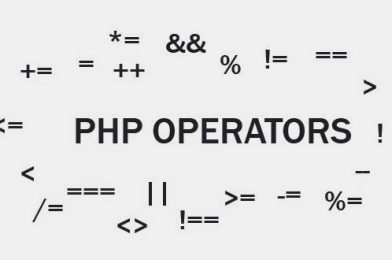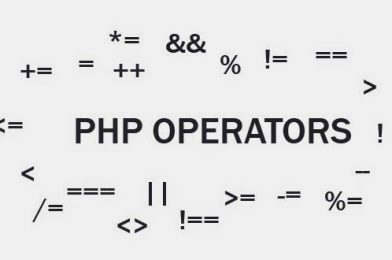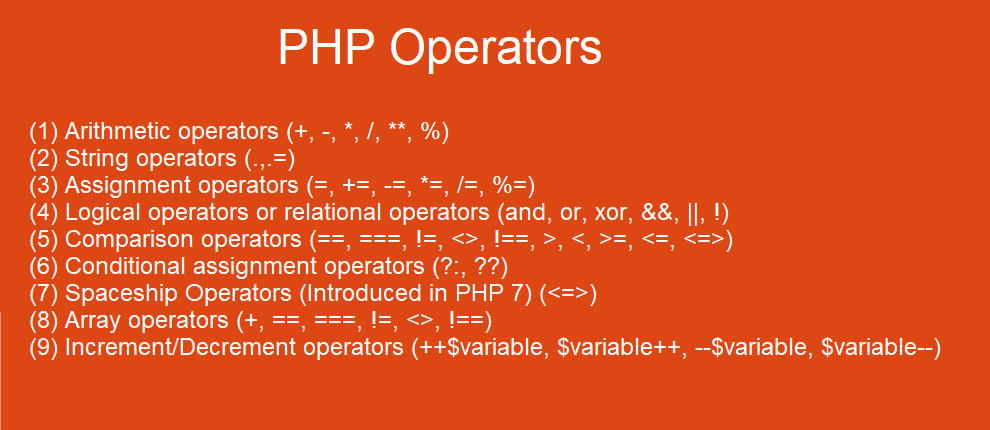- MuleSoft Anypoint Platform.
- IBM MQ.
- Azure Scheduler.
- Apache kafka
- TIBCO Rendezvous
What is function of Message queue?
Message queues provide a form of message passing in which any process can read a message from or write a message to any IPC message queue on the system. There are no requirements that a process be waiting to receive a message from a queue before another process sends one, or that a message exist on the queue before a process requests to receive one.
What is Message queue?
A message queue is a queue of messages sent between applications. It includes a sequence of work objects that are waiting to be processed.
Another application, called a consumer, connects to the queue and gets the messages to be processed. Messages placed onto the queue are stored until the consumer retrieves them.
Why do we need Message queue?
- Queue is used when things don’t have to be processed immediately.
- It have to be processed in First In First Out order like Breadth First Search.
What is message queue example?

Is Kafka a message queue?
We can use Kafka as a Message Queue or a Messaging System but as a distributed streaming platform Kafka has several other usages for stream processing or storing data.
We can use Apache Kafka as:
- Messaging System.
- Storage System.
- Streaming Platform.
How do I create a messaging queue?
Creates a new queue at the specified path on a Message Queuing server.
Overloads
- Create(String):- Creates a non-transactional Message Queuing queue at the specified path.
- Create(String, Boolean):- Creates a transactional or non-transactional Message Queuing queue at the specified path.
Create(String)
Creates a non-transactional Message Queuing queue at the specified path.
:- public static System.Messaging.MessageQueue Create (string path);
Parameters
path String
The path of the queue to create.
Returns
MessageQueue
A MessageQueue that representes the new queue.
Exceptions
ArgumentException
The path parameter is null or is an empty string (“”).
MessageQueueException
A queue already exists at the specified path.
-or-
An error occurred when accessing a Message Queuing method.
Examples
The following code example creates public and private queues. It sends a message to selected queues.
using System;
using System.Messaging;
namespace MyProject
{
/// /// Provides a container class for the example. ///
public class MyNewQueue
{
}
How do I read message queue?
Read messages from queues using the get next statement with the message queue record as the I/O object.When you use the get next statement, EGL performs the following actions:
- Connects to the queue manager, if the queue manager is not already connected.
- Opens the queue, if the queue is not already open.
- Gets the next message from the queue.
You must use a local definition of the remote queue on the currently connected queue manager if both of the following circumstances are true:
- You are reading messages from a queue on another Queue Manager using the get next statement.
- You previously read a message from a queue using the get next statement.
You must use the close statement after a get next statement to close the connection to the queue in any of the following circumstances:
- Before using the add statement.
- To release the queue for access by another program.
- To release the queue if you have a long running program and have completed work with the queue.
EGL automatically closes the connection to the queue on program termination.



















